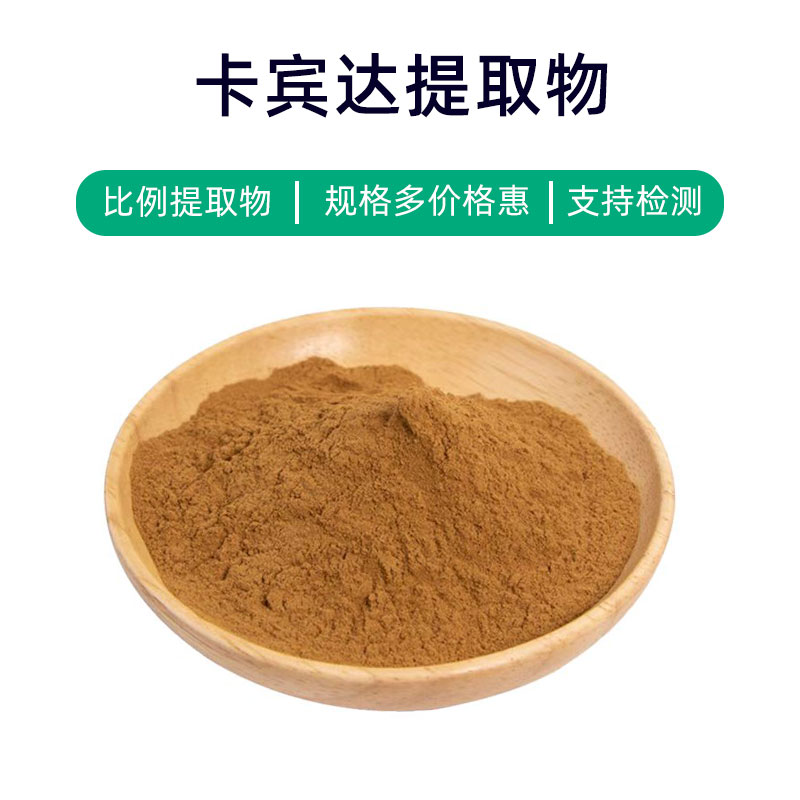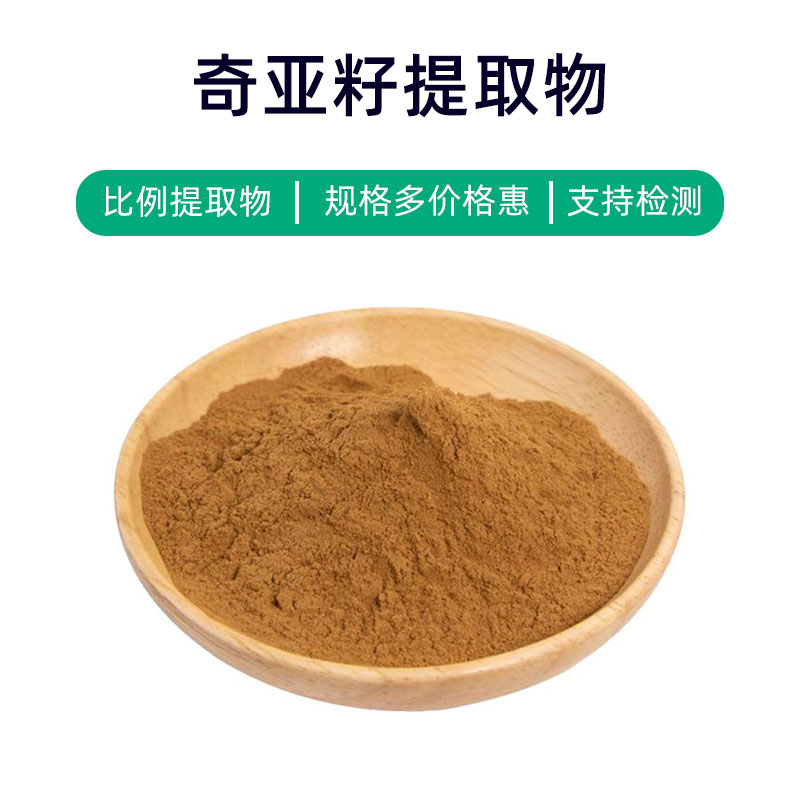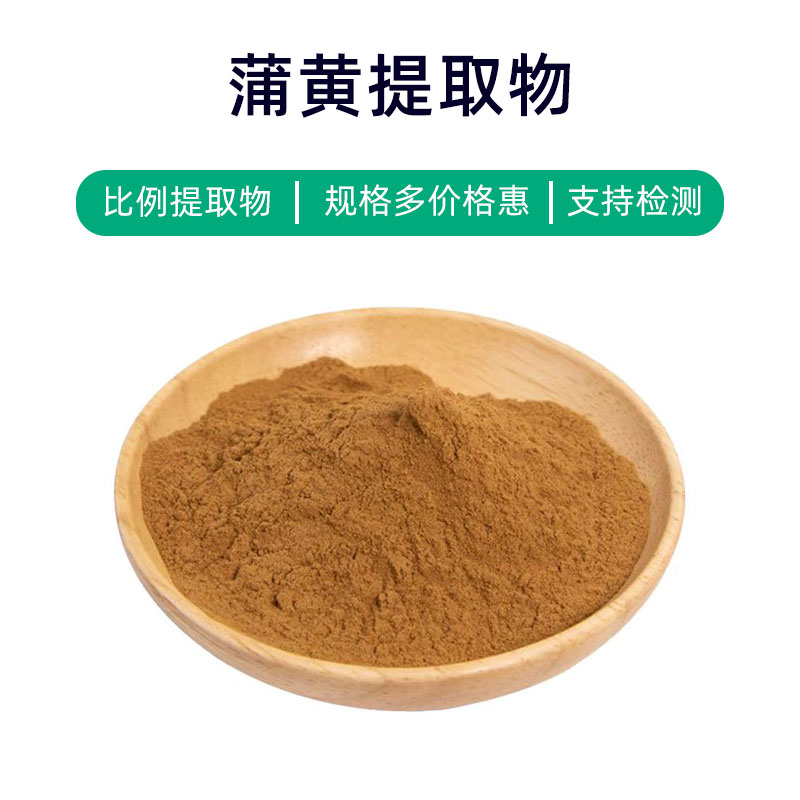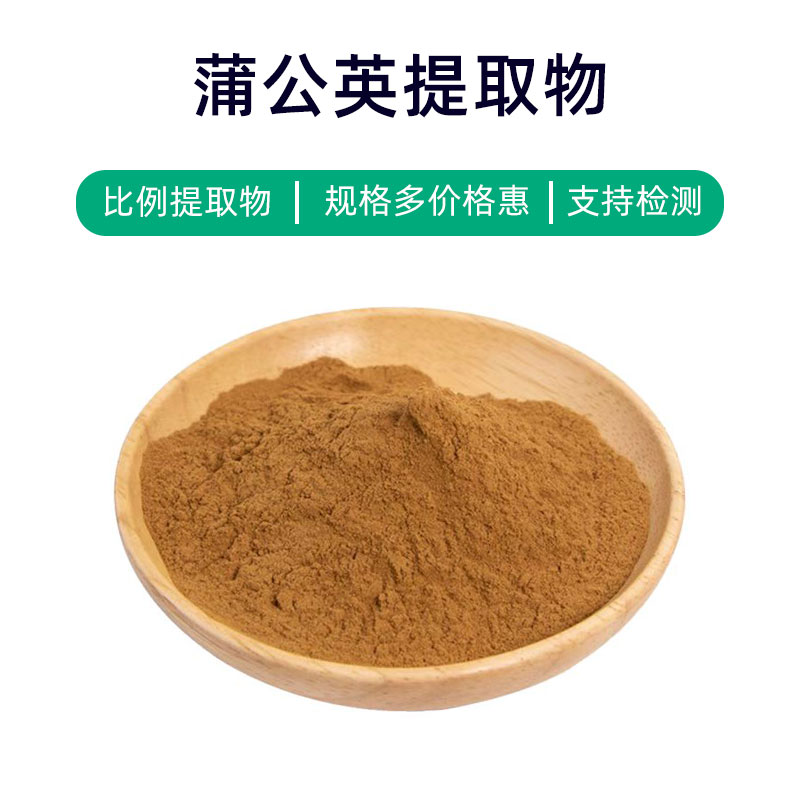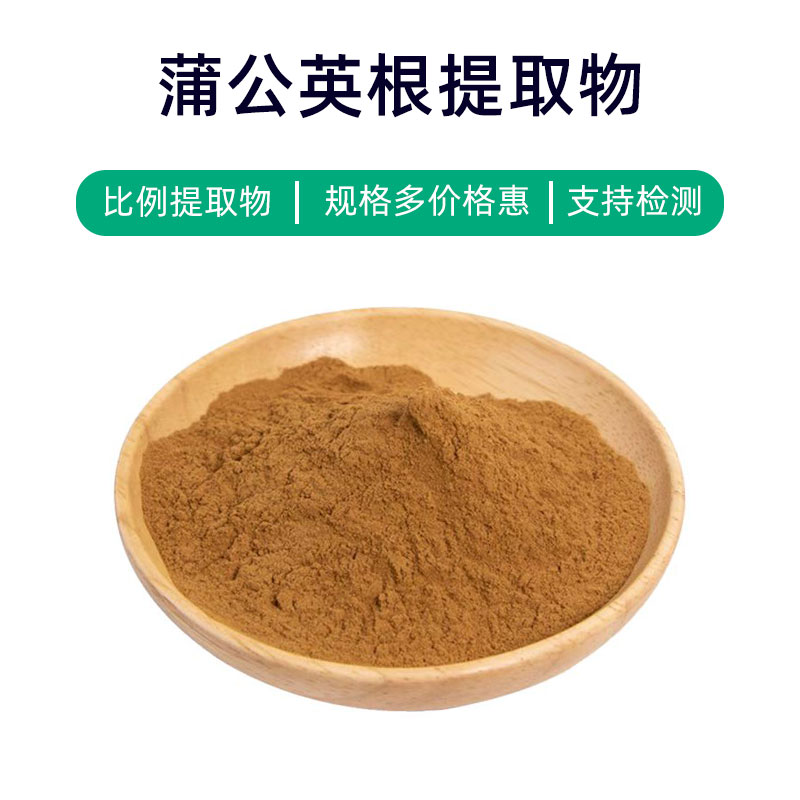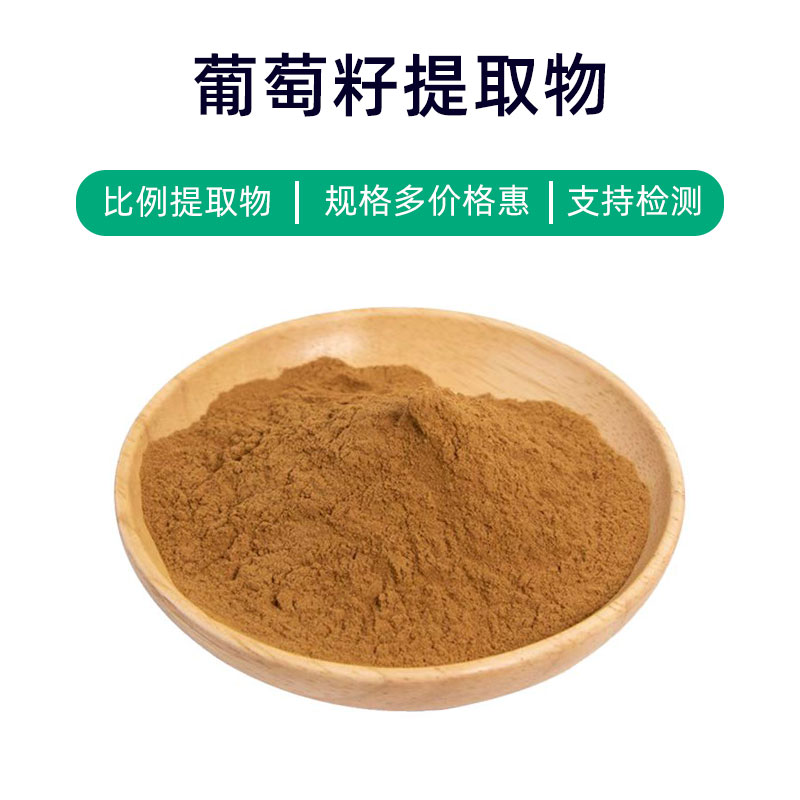Introduction to Horsetail Extract Product
Horsetail extract is a natural plant extract. Its main components include flavonoids, polysaccharides, tannins, etc. These components endow horsetail extract with various effects and applications.
First of all, horsetail extract has good antioxidant properties. It can neutralize free radicals, slow down the skin aging process, and protect the skin from environmental damage.
Secondly, horsetail extract has certain antibacterial and anti - inflammatory effects. It can reduce skin inflammation and relieve discomfort such as skin redness and itching.
In addition, horsetail extract also has a moisturizing and nourishing effect. It can effectively absorb and retain moisture, increasing the skin's moisture content and softness.
Horsetail extract has a wide range of applications, commonly found in skin care products, cosmetics, and the medical field. In skin care products, it is often used in various lotions, creams, masks and other products to play roles such as moisturizing, anti - oxidizing, and soothing. In cosmetics, it can be used as an additive to improve the texture and moisturizing effect of products. In the medical field, horsetail extract is often used to treat mild skin inflammation, allergic skin and other problems.
When using it, it is recommended to use the appropriate amount of horsetail extract products according to the product instructions. Avoid over - use to prevent adverse reactions. When storing, it should be placed in a cool and dry place, away from direct sunlight and humid environments, to maintain the stability and quality of the product.
Production Process of Horsetail Extract Product
The production process of horsetail extract usually includes the following main steps:
- Material Preparation: First, fresh horsetail plants need to be prepared as the extraction raw materials. The fresh plants should be screened, washed and impurities removed to ensure the purity and quality of the extract.
- Grinding Treatment: Grind the prepared horsetail into fine particles or powder for subsequent extraction.
- Extraction Process: Use appropriate extraction methods (such as maceration extraction, solvent extraction, etc.) to mix and soak the ground horsetail with an appropriate amount of extraction solvents (such as water, ethanol, etc.) to extract the target components.
- Filtration and Separation: Filter and separate the extract to remove solid particles and impurities, obtaining a pure extract.
- Solvent Evaporation: Evaporate or concentrate the solvent in the extract to recover the solvent and obtain a high - concentration extract.
- Drying Treatment: Dry the concentrated extract, usually using spray - drying or vacuum - drying methods to turn the extract into powder or granules for easy storage and use.
- Packaging and Encapsulation: Package and encapsulate the dried extract. Common packaging materials include aluminum foil bags, plastic buckets, etc., to ensure the stability and quality of the extract.
- Quality Inspection: Conduct quality inspections on the extract, including appearance, color, smell, solubility and other indicators, to ensure that the product meets the standard requirements.
The above is the general production process flow of horsetail extract. The specific process parameters and operating conditions will vary according to the actual situation and requirements of the manufacturer. Throughout the production process, each link needs to be strictly controlled to ensure the quality and safety of the product.
Efficacy, Function and Side Effects of Horsetail Extract
Horsetail extract is a natural plant extract with various effects and functions. The common effects mainly include the following aspects:
- Antioxidant Effect: Horsetail extract is rich in antioxidant components such as flavonoids, which can neutralize free radicals, slow down cell oxidation and the aging process, help protect the skin from external environmental damage, and slow down skin aging.
- Anti - inflammatory and Anti - allergic Effect: Horsetail extract has certain anti - inflammatory and anti - allergic effects. It can reduce skin inflammation, relieve discomfort such as skin redness and itching, and has a certain soothing effect on sensitive skin.
- Moisturizing and Nourishing: Horsetail extract can effectively absorb and retain moisture, increasing the skin's moisture content and softness. It has a good moisturizing and nourishing effect on dry skin.
- Skin Repair: Horsetail extract has a certain repair effect on some minor skin injuries, helping to promote skin cell regeneration and repair damaged tissues.
- Inhibition of Pigment Deposition: Some components in horsetail extract can help inhibit the deposition of melanin, fade stains and freckles, brighten the skin tone, and improve uneven skin tone.
- Promotion of Blood Circulation: Horsetail extract can promote blood circulation in the skin, increase the skin's nutrient supply and metabolism, and help improve dull skin and poor complexion.
- Soothing Sensitivity: For sensitive skin, horsetail extract has a certain soothing effect. It can reduce skin discomfort, relieve skin allergy symptoms, and enhance skin resistance.
It should be noted that when using horsetail extract, attention should be paid to personal skin type and skin condition. Avoid over - use or long - term contact, which may cause allergic or uncomfortable reactions. In addition, for pregnant women, lactating women, and people with special skin problems, it is recommended to use under the guidance of a doctor or a professional. Generally speaking, horsetail extract is a natural plant extract with various effects and has broad application prospects in skin care products and cosmetics.
Application Scenarios and Dosage of Horsetail Extract
Horsetail extract has a wide range of applications in the pharmaceutical, food, and cosmetic fields. The following is a detailed introduction to its application scenarios and dosage in these three areas:
1. Pharmaceutical Applications:
- Treatment of Skin Inflammation:
Horsetail extract has anti-inflammatory properties and can be used to treat mild skin inflammations such as allergic dermatitis and eczema. - Usage: Apply an appropriate amount of horsetail extract to the affected area, gently massage until fully absorbed, 2–3 times a day.
- Skin Care:
It can be used in skin care products such as lotions, creams, and masks, providing moisturizing and antioxidant effects. - Usage: Follow the product instructions, typically applying an appropriate amount evenly to clean skin.
- Daily Skin Maintenance:
Suitable for daily maintenance products such as facial cleansers and toners, helping to improve skin texture and elasticity. - Usage: Use according to product instructions, avoiding contact with the eye area.
2. Food Applications:
- Health Supplements:
Horsetail extract is used in health supplements for its antioxidant and anti-aging properties, helping to boost immunity and improve skin quality. - Usage and Dosage: Consume daily according to product instructions; avoid excessive intake.
- Functional Foods:
It can be added to functional food products such as beverages and nutritional supplements to enhance their nutritional value and functionality. - Usage: Add an appropriate amount of horsetail extract according to the product formula.
3. Cosmetic Applications:
- Skin Care Products:
Horsetail extract is widely used in skin care products such as masks, lotions, and serums for its moisturizing, antioxidant, and soothing properties. - Usage: Follow product instructions; typically applied in the morning and evening.
- Makeup Products:
It can be added to makeup products such as foundation and lipstick to improve product texture and smoothness. - Usage: Add an appropriate amount of horsetail extract according to the product formula.
Overall, horsetail extract is primarily used in the pharmaceutical field for treating skin inflammation and skin care, in the food field for health supplements and functional foods, and in the cosmetic field for skin care and makeup products. It should be used according to product instructions, and excessive use should be avoided to prevent adverse reactions.
Introduction to the Source Plant, Distribution, and Growing Environment of Horsetail Extract
Horsetail (Equisetum arvense), also known as scouring rush, horseweed, or mouse tail grass, is an ancient and unique plant belonging to the Equisetaceae family and the Equisetum genus. It is one of the oldest surviving plants on Earth. The following is a detailed description of the source plant, distribution, and growing environment of horsetail:
Source Plant Introduction:
Horsetail is a primitive fern-like plant with a long evolutionary history. It has a distinctive appearance, consisting mainly of green stems that grow above ground and spore cones at the tips. The spore sacs in the cones are rich in silica, giving horsetail its antioxidant and antibacterial properties.
Distribution:
Horsetail is widely distributed in temperate and cold regions worldwide, mainly growing in Europe, North America, Asia, and North Africa.
- In China, horsetail is widely distributed, particularly in the northeastern, northwestern, northern, and southwestern regions.
Growing Environment:
- Growing Terrain:
Horsetail grows in wetlands, lakeshores, marshes, streams, and riverbanks, preferring moist, organic-rich soils. - Climate Conditions:
Horsetail is highly adaptable and tolerant of various climates, growing well in warm and humid environments but also able to survive in cold and dry regions. - Light Requirements:
Horsetail prefers sufficient sunlight but can also grow in partially shaded environments, making it adaptable to different light conditions. - Water Supply:
As a wetland plant, horsetail requires a high level of moisture and needs a stable water supply to maintain soil humidity. - Soil Requirements:
Horsetail is not picky about soil types but thrives in well-drained sandy or loamy soil. It is not well-suited for overly saturated environments such as rice paddies.
Overall, horsetail is a hardy and drought-tolerant plant that thrives in moist, organic-rich soils and adapts well to various light and water conditions. It plays an important ecological role in nature and is widely used in the pharmaceutical, food, and cosmetic industries.
Processing and Storage of Horsetail Extract
The processing of horsetail extract typically involves the following steps:
- Harvesting: Fresh horsetail plants are collected.
- Cleaning and Preparation: The plants are cleaned and either dried or used fresh.
- Extraction: The plants are crushed, soaked, or extracted using solvents to obtain the active ingredients.
- Filtration, Concentration, and Drying: The extract is filtered, concentrated, and dried to produce the final horsetail extract product.
Storage:
- Horsetail extract should be stored in a cool, dry place, away from direct sunlight and moisture.
- Ensure the container is tightly sealed to prevent contamination and maintain product quality and stability.
Monica Sun is a seasoned expert in the plant extraction industry with over a decade of experience in research and production. She specializes in the extraction and purification of plant active ingredients, focusing on driving innovation in natural product applications. Monica has participated in the development of multiple functional plant extracts, delivering high-value natural raw material solutions for the health food, pharmaceutical, and dietary supplement sectors.









